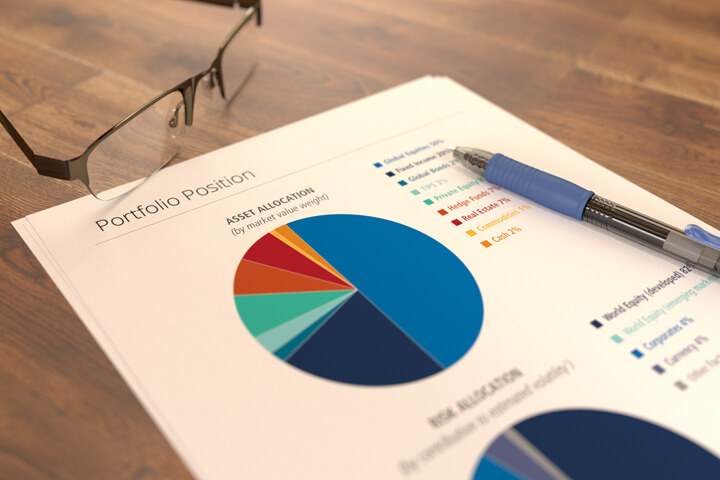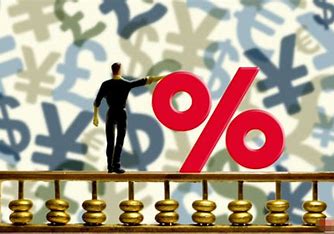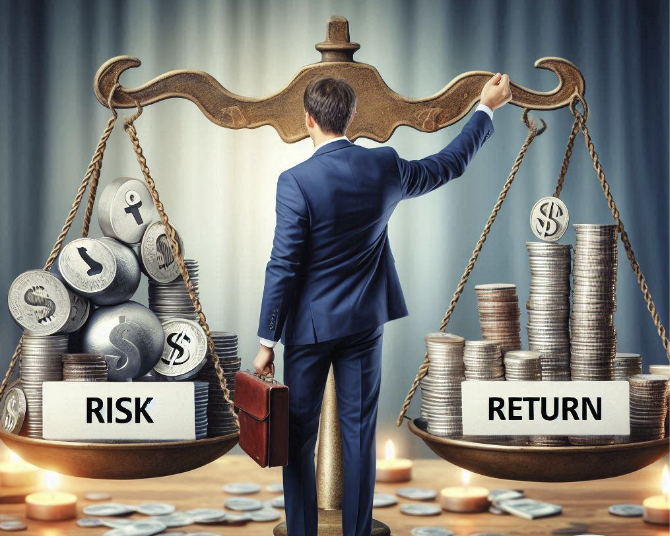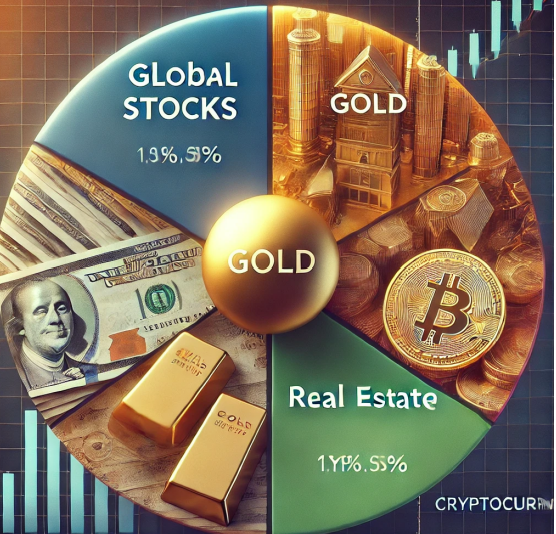The Silent Tsunamis Reshaping Global Finance: 2025’s Uncharted Waters
Hook: Why does $7 trillion languish in negative-yield bonds, while innovative energy solutions in rural Africa could yield returns of up to 19%? The disconnect between traditional financial flows and emerging market opportunities might just be the most perplexing puzzle of 2025.
In a world where traditional finance has long been dominated by familiar forces like interest rates and inflation, a new breed of catalysts is quietly altering the course of global markets. The dynamic interplay of geopolitics, technology, and climate risks is crafting a financial landscape far from the predictable patterns of the past. These changes are not just reshaping how markets behave—they’re rewriting the rules of the game itself.
Section 1: The Shadow Liquidity System
Banks have historically been the lifeblood of global liquidity. However, the rise of private credit markets, often bypassing traditional financial institutions, signals a shift toward what might be called a "shadow liquidity system." Institutions like Blackstone, Apollo, and KKR have quietly redirected trillions of dollars into private debt, steering the flow of capital away from central banks and commercial lenders.
This growing trend isn’t simply a reaction to tightening regulations or low interest rates; it’s a fundamental reshaping of the financial infrastructure. These private markets are less transparent, and often more aggressive, offering high-yield opportunities for investors willing to stomach risk in exchange for higher returns. Meanwhile, public banks, constrained by monetary policies and increasing capital requirements, find themselves sidelined.
As we move toward 2025, this shadow system is expected to expand exponentially. The global financial architecture, already under strain, may find itself even more fractured, with private credit markets playing an increasingly influential role in shaping economic growth and contraction. For savvy investors, this trend opens up opportunities to engage in less conventional forms of financing, such as peer-to-peer lending platforms or even crowd-funded project finance.

Section 2: Climate Arbitrage: The New Age of Risk Management
Environmental risks, once relegated to environmentalists and the fringes of finance, are now at the heart of the financial conversation. As climate change accelerates, a growing number of financial instruments are emerging to trade the very future of our planet. Carbon capture futures, flood-risk swaps, and other climate derivatives are becoming mainstream, allowing investors to hedge or speculate on the very forces that once seemed out of reach.
Yet, the most intriguing aspect of this market isn’t merely the instruments themselves—it’s the notion of "climate arbitrage." Countries and regions that can manage their environmental risks effectively are likely to emerge as winners, while those unable to adapt face not only environmental devastation but also a dramatic economic decline. This is where countries with robust disaster mitigation strategies are capitalizing on opportunities, offering their assets as collateral for investment.
In an era where extreme weather events increasingly impact supply chains and productivity, this climate-driven financial market provides an intriguing path for investors. What if you could invest in flood-prevention infrastructure in Southeast Asia or weather-resistant crops in the Horn of Africa? By doing so, you’re not just betting on local development—you’re also betting on the rising cost of climate-related risk.

Section 3: AI as a Macroeconomic Actor
The rapid evolution of artificial intelligence is no longer confined to software and apps—it is now entering the realm of macroeconomics. Governments and sovereign wealth funds, once controlled by human decision-making processes, are now leveraging AI to forecast economic trends, optimize investment strategies, and even automate policy-making. Algorithmic trading, once the preserve of high-frequency traders, is now being applied on a macro scale.
For example, countries with large sovereign wealth funds, like Norway and Singapore, are using AI-driven models to predict commodity prices, evaluate geopolitical risks, and adjust their portfolios in real-time. These systems, powered by machine learning, are capable of processing massive datasets from around the globe, helping policymakers and investors anticipate market shifts with a level of precision never before possible.
This AI revolution is transforming the way national economies are managed and how global markets function. By 2025, algorithmic economic management could become the norm, and nations using outdated, human-dominated processes may be left behind. For investors, this opens up opportunities in AI-driven companies that provide these macroeconomic tools and services.

Conclusion: How to Bet on Chaos
The financial world is heading toward a period of unprecedented change. The future is not only about navigating known risks like inflation or interest rates, but understanding and positioning yourself for the hidden forces that are shaping the new financial order. Here are three contrarian strategies to consider:
1.Invest in Sovereign AI Funds: By 2027, algorithmic sovereign wealth funds could outpace traditional investment strategies, offering faster, more accurate predictions of global economic trends. Investing in AI-driven asset managers could yield above-average returns as these systems become more prevalent.
2.Embrace Climate Risk Premiums: As regions with advanced climate risk mitigation strategies emerge as global economic leaders, financial products tied to environmental resilience will outperform traditional commodities. Carbon capture futures and flood-risk derivatives will offer new avenues for speculative investment.
3.Explore Shadow Credit Markets: With banks tightening their grip on capital, alternative credit markets—such as private debt and crowdfunded financing—are set to grow. These markets offer higher yields and could become essential in financing the infrastructure of the future.
As the world grapples with its new financial reality, only those willing to venture beyond the conventional will find success in the chaos. Global finance is not a static field, and in 2025, only the most agile and forward-thinking investors will be able to capitalize on the shifting tectonic plates beneath the market's surface.
(Writer:Wanny)





